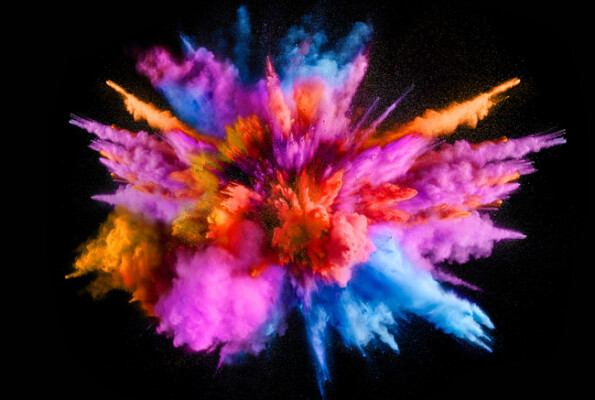
Colours are an essential part of our lives and a defining element of our surroundings. Many of you will have heard of ‘seasonal colour analysis’, a discipline that helps to establish a balance between different colours. This is tangible evidence of just how much the choice of colours influences our daily lives to such an extent that, in certain contexts, they can alleviate the aches and pains of the soul. And just as colours determine our mood when we are awake, we should recognise the same importance during sleep. When we rest well, our body relaxes and our mind begins to travel, creating unfamiliar scenarios that are solely the result of the overwhelming emotions at that point in time. In the absence of rational thought control, during sleep colours become the expression of the state of mind that frame our lives for longer or shorter periods of time. In our dreams, static figures lose their concrete meaning and the immaterial aspect takes over, making it much easier to be caught up in a kind of emotional storm in which colours are completely irrational but functional. Colours can be the background of imagined scenes, or present themselves in the form of lights and shapes, to the extent that colour itself can become the main theme of the dream, helping to heighten and soften the interpretation of what we are irrationally experiencing.
The meaning of colours
It is difficult to make a reliable classification that enables a reliable comparison to be made between our emotional sphere and the reality of dreams, but the chromatic areas of association can be associated with psychophysical conditions summarised as follows:- weakness: soft and dull colours
- strength: bright and vivid colours

